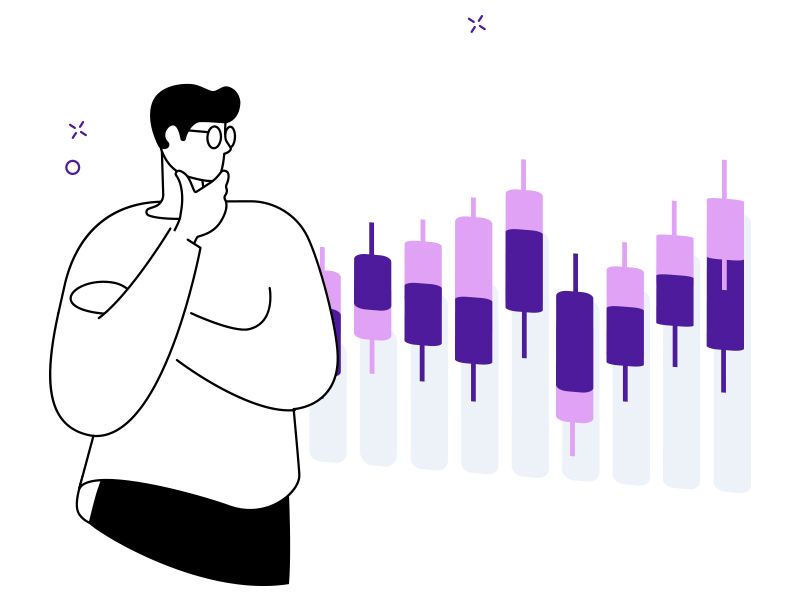For both a crypto holder and a trader interested in diversifying their portfolio, the crypto markets of today offer a wider range of financial instruments than in the past. Building on the fundamental elements of traditional finance, two products have gained popularity recently in the crypto space: margin and derivatives trading.
What is crypto margin trading?
Margin trading makes it so you can borrow funds to open a position either long (buy) or short (sell). You can increase your buying power by leveraging extra funds, potentially generating bigger and faster returns.
For example, a trader with only $25 USDT but who is extremely bullish on Bitcoin could deposit their Tether and leverage 4:1 to borrow $75, allowing them to buy $100 worth of Bitcoin. But, the trader is still on the hook for the remaining $75 plus any associated fees.
AscendEX is somewhat unique because the platform supports cross-asset collateral posting. So, traders can use any one of the ~ 50 assets for margin trading as collateral and then borrow against to go long or short other assets. This means a trader could have used $50 USDT notional of their ETH balance in March of this year to buy $500 worth of BTC (at that time leverage was 10:1). With a spot price on March 15 of $5,397, this would net the trader approximately 0.09 BTC. By May 15, that 0.09 BTC was worth ~$881 USDT notional, enough to cover the outstanding $450 loan and generate over $500 in profit for the trader.
To help traders further maximize their returns, AscendEX offers 0% interest on margin loans that are repaid inside the 8-hour funding intervals.
What are crypto futures?
Crypto futures are contracts that dictate the future price of crypto assets. By buying and selling these complex instruments, traders speculate on the sentiment in the crypto market, based on all known information available to them at any given moment. Traders will buy a futures contract if they believe (or think it is likely) that the market’s price for an asset will go up, or sell a futures contract if they believe (or think it is likely) that the market’s price for an asset will go down.
Bitcoin perpetual contracts
Perpetual contracts grant traders the opportunity to speculate and take a view on the future price of an asset, paying out periodically along the way. If contract prices are trading at a discount to the underlying spot market, funding rates will be negative and short positions will pay long positions. Or, if contract prices are trading at a premium to the market, funding rates will be positive and long positions will pay short positions.
Understanding the risks of crypto trading with leverage
There are two keys to trading: risk management and discipline. Leverage trading brings the potential for increased gains, while also introducing the risk of even greater losses. Traders utilizing leverage must be prepared to set a strategy and define loss amount — if and when a trade goes against them.

Margin trading introduces the risk of losing more than a trader’s initial capital investment. Depending on the amount of leverage used for a trade, even small drops in spot price can result in significant losses. Traders should be strategic in opening high-margin trades, if at all, in order to reduce the risk of liquidation or even greater financial loss.
Now that you’ve been introduced to margin trading, you will have access to a deep market of crypto assets. As you begin your own crypto margin trading journey, make sure to be aware of the risks and rewards that come with it. And remember: if it sounds too good to be true, it probably is!










